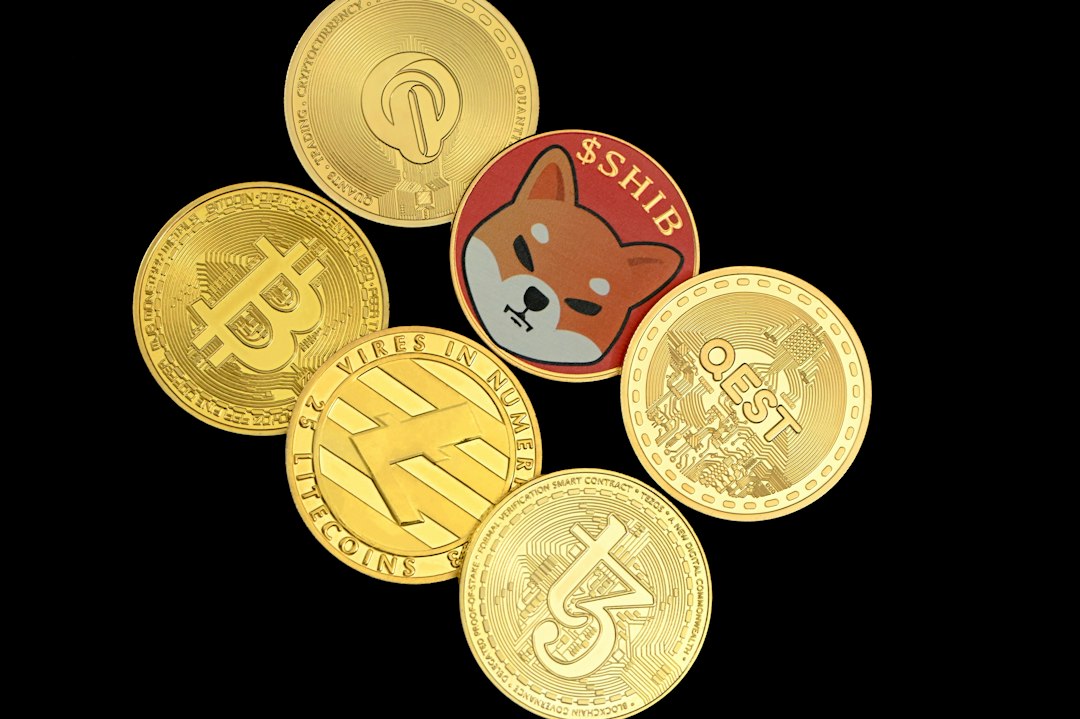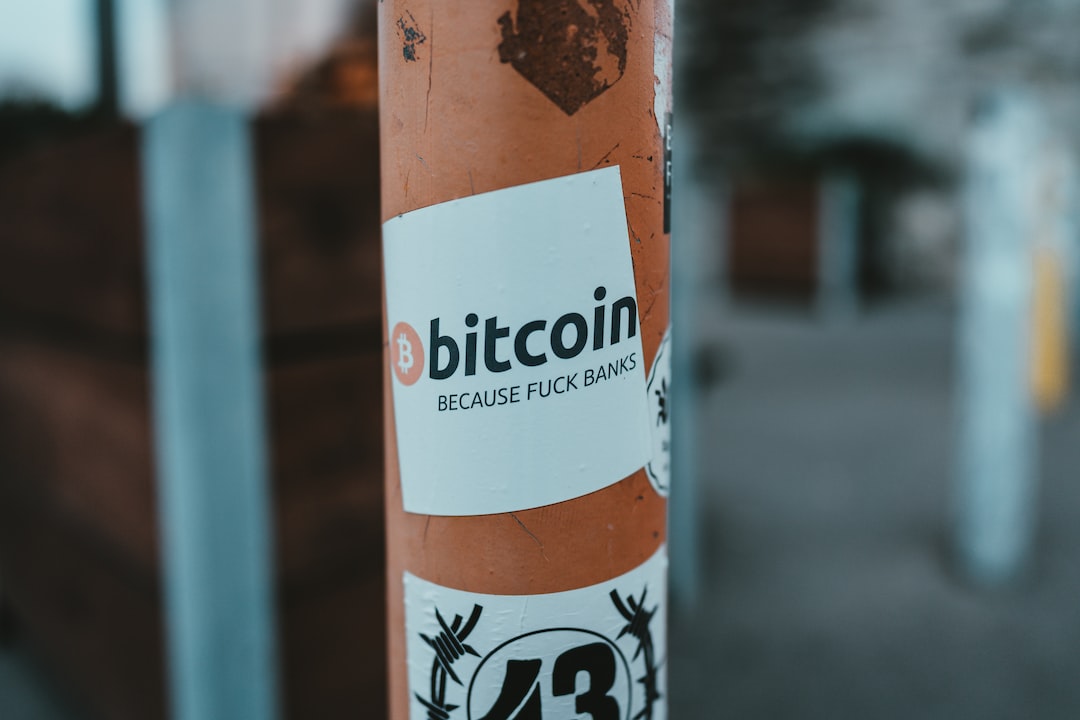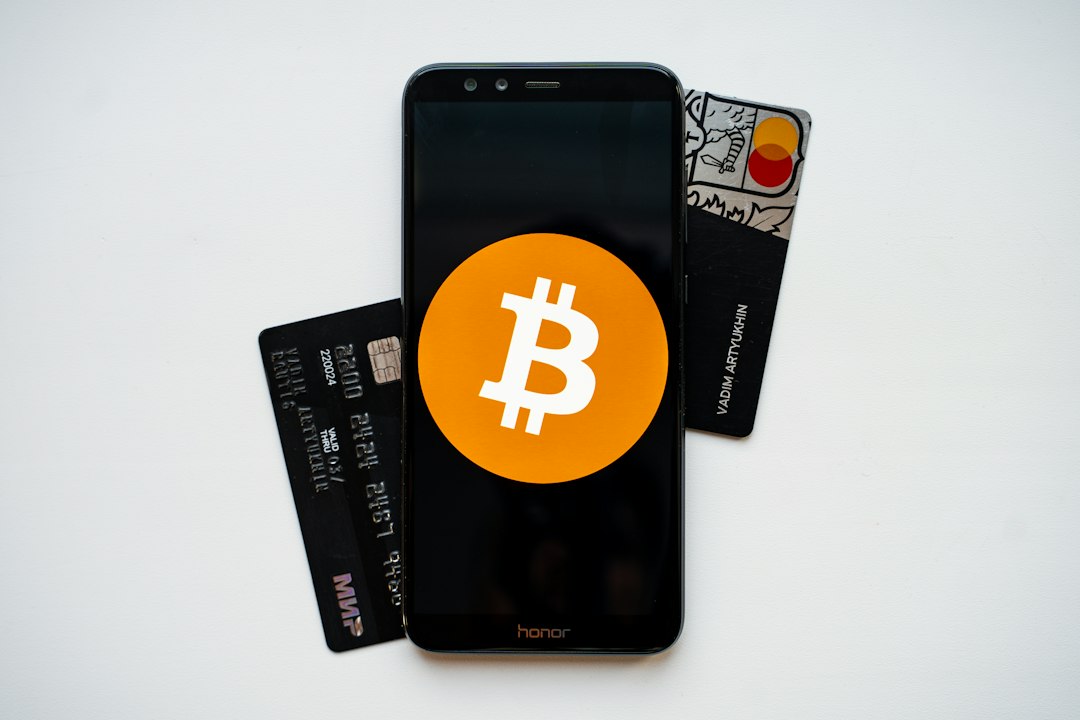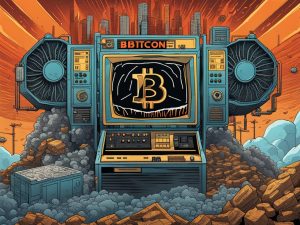The Rise of Semi-Fungible Tokens: A New Era for Digital Collectibles
If you’ve been following the world of cryptocurrency, you’ve probably heard about non-fungible tokens (NFTs). These unique digital assets have taken the art and collectibles world by storm, allowing creators to tokenize and sell their work in a completely new way. But now, there’s a new player in town: semi-fungible tokens (SFTs).
What are Semi-Fungible Tokens?
Semi-fungible tokens are a type of digital asset that is similar to non-fungible tokens, but with a twist. While NFTs are completely unique and non-interchangeable, SFTs have varying degrees of uniqueness. This means that while each SFT is not identical to another, they can still be grouped together based on certain attributes or characteristics.
For example, imagine a series of digital trading cards. Each card has its own unique design and attributes, but they all belong to the same set. This is where semi-fungible tokens come into play. Each card is unique in its own right, but they can still be traded and exchanged within the same collection.
The Impact on Digital Collectibles
So, what does this mean for the world of digital collectibles? Well, for starters, it opens up a whole new realm of possibilities. With SFTs, creators can now tokenize collections of digital assets, such as trading cards, virtual pets, or in-game items.
This means that you can now truly own and trade your favorite digital collectibles in a way that was never possible before. Whether you’re a fan of blockchain-based games or a collector of digital art, SFTs offer an exciting new avenue for ownership and exchange.
How SFTs are Created
Creating semi-fungible tokens involves the use of smart contracts on a blockchain platform. Just like with NFTs, creators can use platforms like Ethereum to mint their SFTs and define their unique attributes.
These attributes could include things like rarity levels, design variations, or any other distinguishing features that make each token unique within its collection. Once minted, these SFTs can then be bought, sold, and traded on various marketplaces and platforms.
The Future of Semi-Fungible Tokens
As with any emerging technology in the cryptocurrency space, the future of semi-fungible tokens is still being defined. However, one thing is for certain: SFTs have the potential to revolutionize how we think about ownership and exchange in the digital world.
With more and more creators exploring the possibilities of tokenizing their digital collectibles using semi-fungible tokens, we can expect to see an explosion of new types of assets hitting the market. From virtual real estate to customizable avatars, the sky’s the limit when it comes to what can be tokenized as an SFT.
The Benefits of Semi-Fungible Tokens
When it comes to digital collectibles and ownership rights, semi-fungible tokens offer several key benefits:
- Interoperability: SFTs can be easily integrated with existing blockchain standards and marketplaces.
- Fractional Ownership: With SFTs, multiple individuals can own fractional shares of a single collection or asset.
- Cross-Platform Compatibility: SFTs can be used across different platforms and ecosystems without losing their unique attributes.
Semi-Fungible Tokens vs Non-Fungible Tokens
You might be wondering how semi-fungible tokens differ from non-fungible tokens. The key difference lies in their level of uniqueness and interchangeability:
- NFTs: Completely unique and non-interchangeable assets
- SFTs: Varying degrees of uniqueness with some level of interchangeability within a collection
Frequently Asked Questions (FAQs)
What are some examples of semi-fungible tokens?
Semi-fungible tokens could include things like virtual trading cards from blockchain-based games or customizable avatars with varying attributes.
Can semi-fungible tokens be traded on different platforms?
Yes! One of the key benefits of SFTs is their cross-platform compatibility, allowing them to be traded across different marketplaces and ecosystems without losing their unique attributes.
Are there any limitations to owning semi-fungible tokens?
The main limitation is that not all platforms or marketplaces may support semi-fungible tokens yet. However, as this technology continues to evolve, we can expect more widespread adoption in the future.
In conclusion,
Semi-fungible tokens represent an exciting new frontier in the world of digital collectibles. With their ability to tokenize collections of digital assets with varying degrees of uniqueness and interchangeability,





 By
By
 By
By
 By
By

 By
By
 By
By